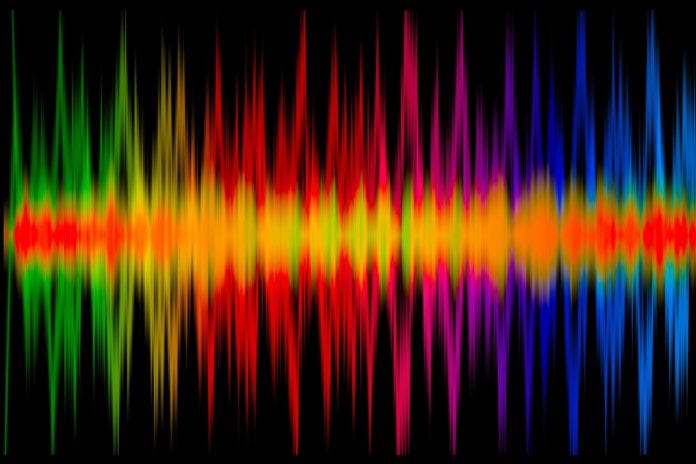FCC Commissioner Rosenworcel says 5.9 GHz could be for next-gen Wi-Fi
Commissioner Jessica Rosenworcel of the Federal Communications Commission called for a reexamination of how the FCC has allocated the 5.9 GHz and 2.5 GHz bands, in order to open up more spectrum for both licensed and unlicensed use, during a speech at the Silicon Flatirons event.
Rosenworcel suggested that the FCC could hold a voluntary incentive auction for the Educational

Broadband Spectrum at 2.5 GHz and should “take a fresh look” at the Dedicated Short Range Communications band at 5.9 GHz, which was set aside nearly 20 years ago for intelligent vehicle communications.
In addressing the FCC’s history of spectrum regulation, Rosenworcel called out both innovations and successes — such as the recent incentive auction — and acknowledged that some of the country’s spectrum plans haven’t panned out as expected — apropos for an event titled the “Spectrum Hall of Shame.”
The agency’s bet on DSRC “didn’t pan out the way we thought it would,” Rosenworcel said. While DSRC was on the verge of being mandated in new vehicles at the end of the Obama administration, the Trump administration has quietly dropped any talk of such a mandate. Some automakers, such as Toyota — which recently opened up a large-scale pilot project to its employees in Michigan, to voluntarily have DSRC systems installed in their vehicles — are still moving forward with DSRC. But as Rosenworcel noted in her speech, DSRC isn’t the only option and technology has moved beyond the current spectrum allocation.
“Autonomous vehicles have moved beyond DSRC to get around and communicate—whether that’s with radar, LIDAR, cameras, sensors, on-board mapping tools, or cellular and Wi-Fi networks,” she said. “Testing on DSRC continues. But now just a few thousand vehicles have DSRC on board out of the more than 260 million cars on the road.
“We need to support automobile safety. However, our spectrum policies supporting safety need to be current,” Rosenworcel said, going on to add: “It’s time to take a fresh look at this band and see if we can update our commitment to safety and also develop more unlicensed opportunities for Wi-Fi. This is a subject I’ve worked on with my colleague Commissioner Mike O’Rielly.”
O’Rielly has mentioned in public appearances, including at this year’s Connectivity Expo, that one of his goals as commissioner is to open more mid-band spectrum and ensure the availability of additional unlicensed spectrum. In a June blog entry, O’Rielly said that the commission is “in the midst of determining the best mechanism to bring spectrum sharing to the 5.9 GHz band.” Rosenworcel said that lab-testing of the feasibility of spectrum-sharing for DSRC and Wi-Fi is now complete and the results should be released, but argued that the spectrum-sharing approach that the FCC has been considering “emphasizes co-channel sharing, and there are newer solutions that would instead segment the band” and allow wideband channels that could be used for next-generation Wi-Fi development, as 5.9 GHz is adjacent to current unlicensed spectrum at 6 GHz.
Rosenworcel also brought up the possibility of an incentive auction for the 2.5 GHz spectrum known as the Educational Broadband Service. The FCC currently has a proposed rulemaking in progress (comments were just closed last week) to encourage more flexible use of that spectrum, but Rosenworcel said that the spectrum “needs a more focused plan.”
She proposed that since the FCC has both unused 2.5 GHz licenses in inventory and the authority to hold another voluntary spectrum auction, it could “hold a substantial nationwide auction for new, flexible commercial use of key mid-band airwaves important to 5G service” — although she did note that “doing so would require addressing license size, long-term leasing, and other issues unique to the band.”
Rosenworcel went on to add that funds raised, beyond covering auction-related costs could be put toward an initiative to reducing the gap in broadband connectivity for students around the country.

